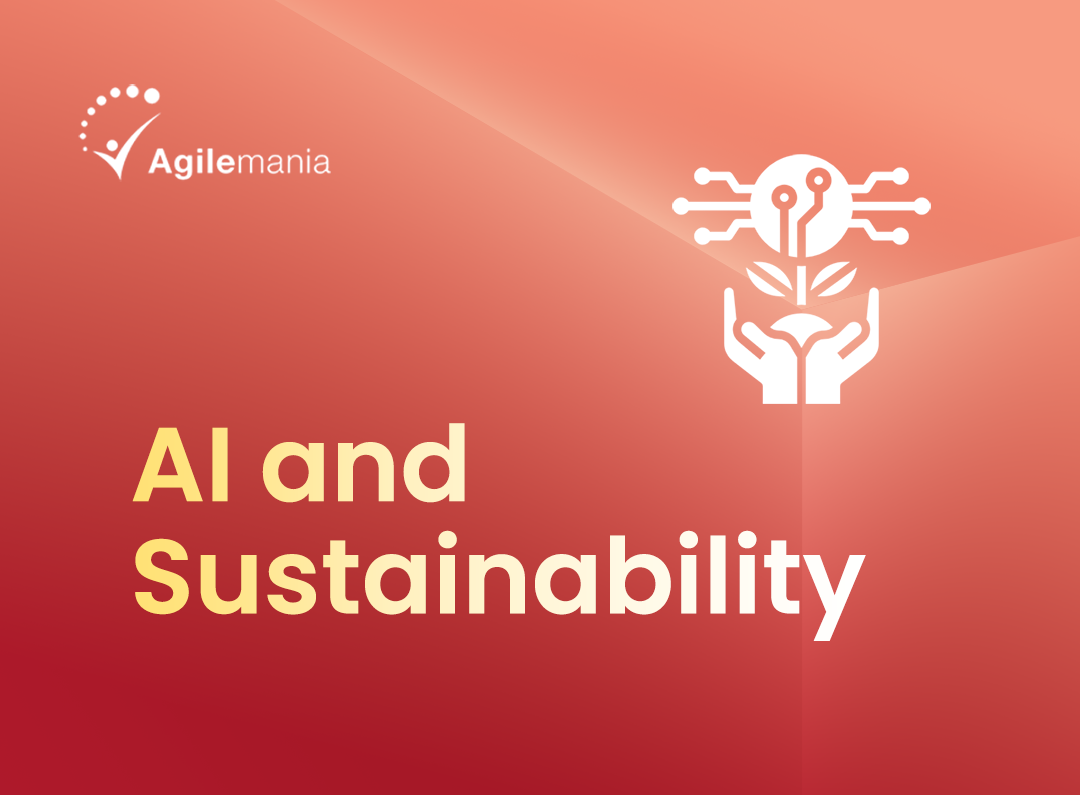Have you ever finished a project only to feel like something was missing? Maybe some tasks were left incomplete, or important details were overlooked.
This is a common problem in project management, where the excitement of finishing often overshadows the critical process of properly closing out a project.
When projects aren't closed correctly, it can lead to confusion, missed payments, or even disputes later.
So, how do we avoid these issues? The answer lies in the Project Closing phase.
This is an important step in project management that ensures everything is wrapped up neatly, all tasks are completed, and everyone involved agrees that the project is truly done.
In this blog, we'll explore the concept of Project Closing and why it's so important.
We'll also provide you with a simple, 7-step checklist to help you close your projects effectively and ensure no loose ends are left behind.
Let’s get started on making your project closures as smooth and successful as possible!
What is Project Closing?
Project Closing is an essential phase in project management that ensures all activities across the project lifecycle are finalized.
According to the PMBOK® Guide—Fifth Edition, Project Closing includes all the processes required to wrap up a project, phase, or contract.
This means verifying that all tasks are complete, all processes are adhered to, and there is a consensus among stakeholders that the project has reached its end.

Searching for the right ATP for PMP exam preparation? Worry not. Agilemania is the top-rated ATP that can help you pass the PMP exam on your first attempt.
Contact UsKey Components of Project Closing
These components might seem straightforward, but overlooking them can lead to misunderstandings, additional costs, or disputes. Properly closing a project helps prevent these issues and ensures a smooth transition.
-
Assurance of Work Completion: Confirm that all project tasks and deliverables are completed as per the project plan.
-
Execution of Agreed-Upon Processes: Ensuring that all project management processes were followed correctly throughout the project lifecycle.
-
Formal Recognition of Completion: Gaining agreement from all stakeholders that the project has officially ended.
7 Steps to Closing a Project
Successfully closing a project requires careful attention to detail. Here’s a 7-step checklist to help you wrap up your project efficiently:
Step 1: Formally Transfer All Deliverables
Start by finalizing and transferring all deliverables to the client. Review your project plan, identify each deliverable, and ensure everything is completed and handed over as required. This sets the foundation for a smooth project close.
Step 2: Confirm Project Completion
It’s essential to confirm that the project is truly complete, not just from your perspective but from that of all stakeholders. Obtain official sign-offs from clients, team members, and other key stakeholders to confirm that all project objectives have been met and to prevent future changes or claims.
Step 3: Review All Contracts and Documentation
After transferring deliverables, close out all contracts. Review project documentation to ensure that all payments are made and there are no outstanding invoices or financial obligations. This step helps clear any financial loose ends.
Step 4: Release Resources
Formally release all project resources, including team members, suppliers, contractors, and partners. Notify them that the project is complete, confirm final payments, and officially release them so they can focus on new assignments.
Step 5: Conduct a Post-Mortem
Conducting a post-mortem meeting is crucial to understand the project's successes, failures, and challenges. Evaluate performance metrics such as cost, schedule, and quality. Gather feedback from team members to identify areas for improvement and document lessons learned for future projects.
Step 6: Archive Documentation
Finalize and archive all project documentation, including contracts, project plans, scope outlines, costs, and schedules. Properly archived documentation provides a valuable resource for future reference and ensures there is a clear record for legal or HR needs.
Step 7: Celebrate
Lastly, celebrate the project’s successful completion! Recognize the hard work and dedication of your team members. An end-of-project celebration boosts morale and sets a positive tone for future projects.
Conclusion
By following these 7 steps, you can ensure a smooth and successful project close. Properly closing a project is not just about ticking off the final tasks but about making sure that everything is accounted for, documented, and celebrated. This comprehensive approach helps maintain project integrity, prepares you for future projects, and acknowledges the hard work of your team.
Are you struggling to find exam based mock assessment?
No worries, Agilemania's mock tests can help you clear your PMP examination in one go. These assessments are created by industry-leading experts with 20+ years of work ex in the same industry.
Enroll Now































































































